Considering the below schematic, how is the voltage drop across the MOSFET calculated when it is operated in the saturation region? I am trying to calculate the power dissipated by the MOSFET so that I can choose an appropriate heat sink. RDS(on) is only listed for one V(gs) in the datasheet, but in this use case, the gate voltage will be varied in order to achieve a programable constant current through the MOSFET. For example, see the datasheet for IXTK90N25L2 which is designed to be used in linear mode. The "Input Admittance" graph in Fig. 7 shows the relationship of V(gs) and I(D) but there is no V(DS) listed.
EDIT: I think I might be misunderstanding what the "Output Characteristics" graph is showing. According to this article, that graph is showing the voltage drop. But I don't understand how that graph is being read. Can anyone explain that?
Based on this article, when in the saturation region, the drain current is related to the gate-source voltage and the threshold voltage and not RDS(on). Does this mean that the RDS(on) is always the same for all V(gs) that are above the threshold voltage? If that is true then the transistor in question would only dissipate 16.2W at its rated 90A (.18V=90A x 0.002 Ohm) but then why is it rated for P(D) = 960W?
After reviewing answers on this site (ie this one) related to MOSFET power ratings, they are all referring to switching losses which does not seem to be relevant here.





